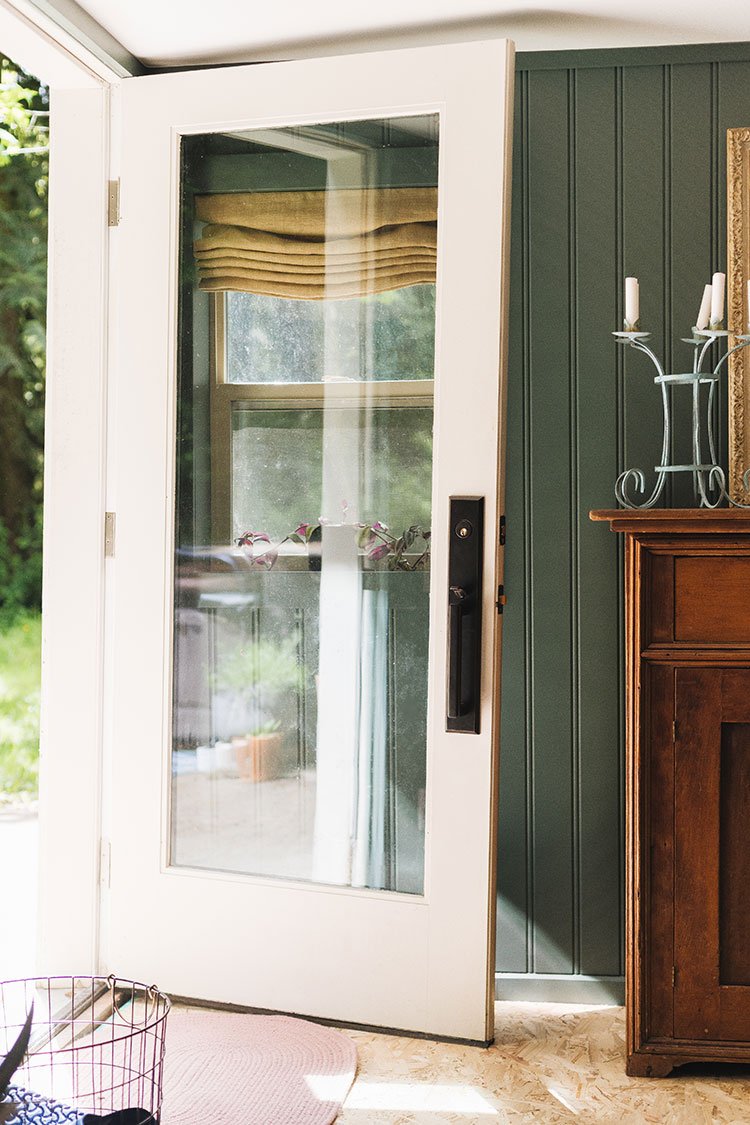
You might be wondering where to start. There are several types of finishes, from traditional brass to sleek matte black. Each brings its own personality to the space. Understanding these finishes and how they complement—or clash with—existing door accents is crucial. Let’s dive into the world of hardware finishes and get your doors looking their best.
Understanding Different Hardware Finishes
To get started, let’s define what we mean by hardware finishes. Hardware finishes refer to the coating applied to doorknobs, hinges, and other accessories. This finish not only gives a look but also adds protection against wear and tear. Here are some common finishes you’ll encounter:
- Brushed Nickel: A soft, muted finish that gives a modern look. It’s versatile and pairs well with many styles.
- Polished Brass: Shiny and bright, this finish brings a classic touch. However, it can be a bit flashy.
- Matte Black: This is sleek and contemporary, making it popular in modern homes.
- Antique Bronze: A darker finish with a vintage feel, great for rustic homes.
Each finish can drastically change the look and feel of your space. It’s like choosing the right paint color for your walls—what fits best depends on the overall vibe you want to create.
Assessing Your Current Door Accents
Before jumping into purchasing new hardware, take a moment to assess what you already have. Look closely at your existing door accents, like doorknobs, hinges, and even latches. What finish are they?
Here’s a simple checklist to help you evaluate:
- Color: Is it a warm tone (like gold and brass) or a cool tone (like silver or black)?
- Style: Are they modern, traditional, or somewhere in between?
- Condition: Are your current finishes worn out or still looking good?
By understanding these elements, you can make informed decisions that bring harmony to your space. It’s like putting together a puzzle; all pieces should fit together nicely.
Choosing the Right Finish for Your New Hardware
Once you know what you’re working with, it’s time to choose the right finish for your new hardware. Here are some strategies to keep it cohesive:
1. Match Tones: If your existing accents are warm-toned, lean towards new hardware in similar hues. For example, if your door has a polished brass knob, choose a brushed brass finish.
2. Complement Styles: If your existing hardware is ornate, don’t choose something too modern. Look for finishes that echo that traditional vibe.
3. Consider Contrast: Sometimes a little contrast can work wonders. For example, matte black hardware can stand out beautifully against a warm wood door, creating a stylish focal point.
You might find it helpful to take samples or swatches home. It’s easier to visualize how the finishes will look in your space when you see them in context, rather than just on a showroom floor.
Testing Samples for the Perfect Match
You’ve narrowed down your options, but how do you ensure they’re just right? Testing samples can be a game-changer. Most hardware stores allow you to bring home samples to try before you commit. Here’s how to do it effectively:
– Lighting Matters: Take your sample into different lighting throughout your home. Natural light can change how finishes appear, so see how it looks during day and night.
– Placement: Try placing the sample next to your existing hardware. This side-by-side comparison can help you spot subtle differences that might stand out in your space.
– Texture: Pay attention to how the new finish feels against your existing accents. A smooth finish can contrast nicely with a rough texture or vice versa.
This testing step can save you from buyer’s remorse later on. It’s all about finding that perfect harmony.
Coordinating Other Elements in Your Space
When matching hardware finishes, it’s also important to consider other elements in the space. Your door hardware isn’t the only thing that contributes to the aesthetic of your room. Think about the following:
– Light Fixtures: If you have brushed nickel light fixtures, coordinating your door hardware with the same finish can create a seamless look.
– Furniture Accents: Don’t forget about cabinet handles and knobs! Matching these can unify the entire room.
– Wall Colors: The color of your walls can influence how finishes appear. Darker walls can enhance the shine of metallic finishes, while lighter walls might soften them.
By considering the entire room, you’re not just focusing on the door accents—you’re creating a complete visual story.
Final Thoughts: Bringing It All Together
Now you’re equipped with all the tools to match your new hardware finishes to existing door accents successfully. Remember, it’s all about finding balance—matching tones, styles, and considering the larger picture in your space.
Investing this time in your hardware choices can elevate your home’s overall look. Just like a well-tailored outfit can boost your confidence, the right hardware finish can make your doors feel polished and inviting. So grab those samples, take a look around, and get ready to transform your space with a few thoughtful choices!
